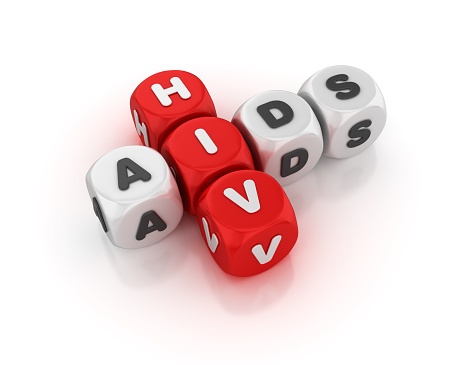According to a study published in the Asian Journal of Transfusion Science, some human immunodeficiency virus (HIV)–positive Iranian volunteers manage to donate blood, despite the stringent criteria for selecting safe donors set by the Iranian blood transfusion organization (IBTO). Previous studies evaluated risk factors for hepatitis B surface antigen (HBsAg)– and hepatitis C virus (HCV)–positive blood donors in Iran, but not HIV seropositive donors. Thus, Fariba Seighali, MD, and colleagues sought to increase available information and evaluate the main risk factors of infected donors.
The investigators reported that “special attention should be paid to illiterate, first-time blood donors who are in the 25–40 age range,” to increase the safety of the blood supply. They further specified that a history of “intravenous (IV) drug abuse, imprisonment and risky sexual behaviors put the blood donors more at risk of infecting HIV.” Additionally, first–time donors and donors in the 30–40 age range were had a higher prevalence compared to the general population
The meta–analysis was conducted on 61 HIV–positive and 224 HIV–negative blood donors who were divided into two matched groups. A questionnaire was used to identify risk factors, then calculated crude odds ratios (OR) and 95% confidence intervals (CI) determined the eligibility of risk factors for inclusion in the final model.
The researchers initially observed significant effects based on participants’ education, job, presence of tattoos, as well as history of IV drug abuse, imprisonment, and risky sexual behavior. However, after multiple analyses, education, IV drug abuse, imprisonment, and risky sexual behavior remained significant, while job and tattoo did not.
The authors did note that they were unable to identify prevalent risk factors for some provinces with higher rate of HIV positivity due to a low number of cases. They suggested that more stringent criteria for selecting donors be implemented in those regions.
Ultimately, the study’s authors asserted that the risk factors they presented were significantly associated with higher risk of a given blood donor being HIV–positive. They advised that donation department staff should be regularly trained and be provided feedback about donors who will be positive for transfusion–transmitted infections.
Source: Asian Journal of Transfusion Science









